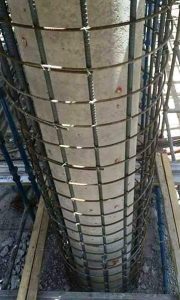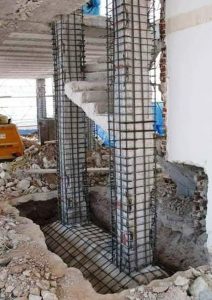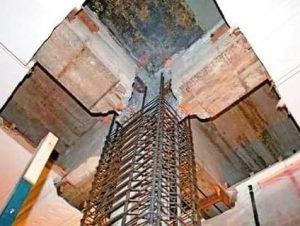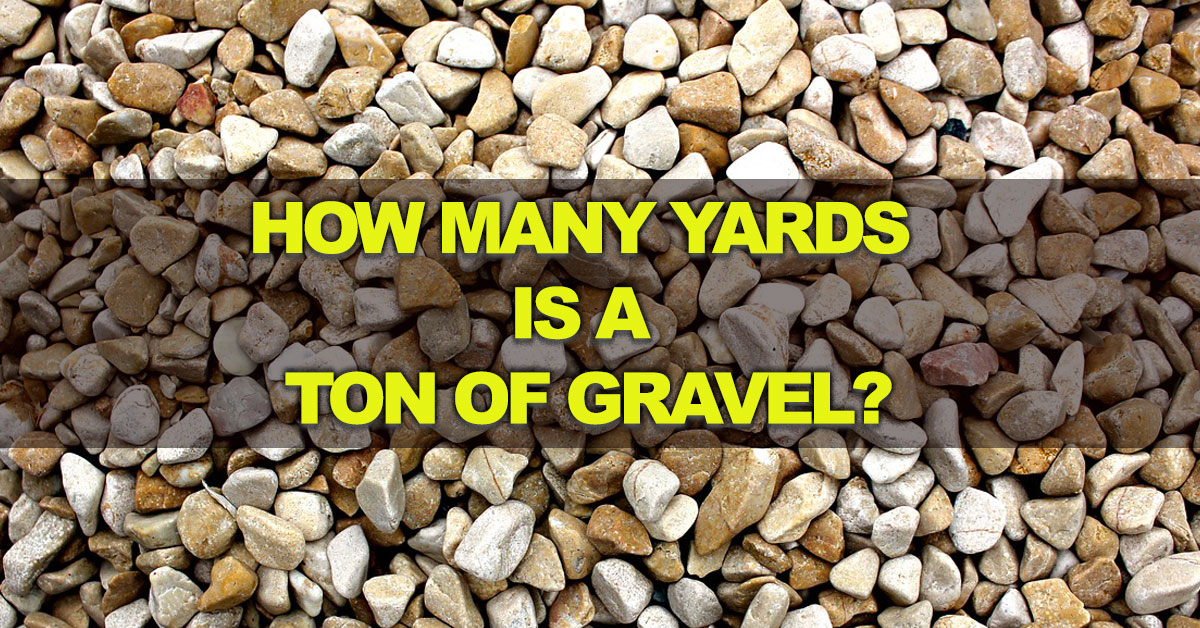What is jacketing?
Jacketing is the process of strengthening weak RCC columns which have deteriorated over a period of time due to adverse atmospheric conditions or due to poor maintenance of the structure.
Other reason during the construction phase includes design errors, deficient concrete production, and bad execution process. During the service life, the need may arise due to an earthquake; an accident, such as collisions, fire, or explosions; situations involving changes in the structure functionality; or the development of more demanding code requirements.
Generally, the strengthening techniques for reinforced concrete structures (RCC structures) are divided into two sections:
- addition of a new structural element.
- strengthening of the existing structural elements.
Jacketing procedure of RCC column step by step:
This strengthening process does not have a specialized work demand, unlike any other work where steel elements are used. The simplicity of this process enables any company to perform it easily.
This method is worked out with respect to the following aspects: anchorage and slab crossing of the added longitudinal reinforcement, interface surface preparation, preparation, the spacing of added stirrups, temporary shoring of the structure; and addition of new concrete.
1. Added longitudinal reinforcement
- Anchoring to the footing
- Crossing the slab
Anchoring to the footing:
In this method of RCC jacketing strengthening, the increased stiffness is uniformly distributed. In this method it is generally incumbent to accomplish new foundations or, at least, to strengthen the existing footings. Generally, the longitudinal reinforcing steel bars can be anchored to the existing footing.
Crossing the slab:
If there is a need for continuity between floors of the RCC jacketing, holes must be provided in the slab to allow the longitudinal steel bars of the jacket to penetrate through it. In the case of slab-column structures, this method is easy to perform and has no drawbacks but in the case of beam-column structures, for avoiding interruption to the middle steel bars, the longitudinal steel bars must be located at the corners.
2. Interface Surface Treatment
Proper interface preparation is very important to achieve a strong bond between the original column and the added jacket so that the resulting component behaves monolithically. This procedure consists of increasing the surface roughness of the existing original column, followed by the application of a bonding agent and in some cases, steel connectors are also used.
The following steps are included in the interface surface treatment which is jotted below-
- Increasing surface roughness
- Surface pre-wetting
- Application of bonding agents
- Addition of steel connectors
3. Temporary Shoring of the Structure
One of the important aspects of any strengthening technique is how it is made. In the temporary shoring of the structure, the main objective is to transfer the load installed on the column to the shoring structure. This procedure can be performed by using hydraulic jacks.
4. Added Concrete
Generally, the added concrete in this technique has a maximum aggregate dimension of about 2 mm. This is so because of the lack of space in the jacket reinforcement due to diminished thickness associated with the volume occupied by the presence of added steel reinforcement. This is the reason that self-compacting concrete (SCC) is frequently used in this technique.
5. Conclusion
The RCC jacketing strengthening technique leads to a uniformly distributed increase in the structural increase in strength and stiffness of the structural components such as columns and foundations. The durability of the original components is also improved to a large extent. Also, this strengthening procedure does not require specialized workmanship. All these reasons make this technique an extremely valuable asset in structural rehabilitation.
Last Words
I hope you got complete information about Jacketing in this article.
If found this article helpful, share it with your friends.
If you have any queries regarding the subject or you want to add something from your side, please write it in the comment section provided below.





